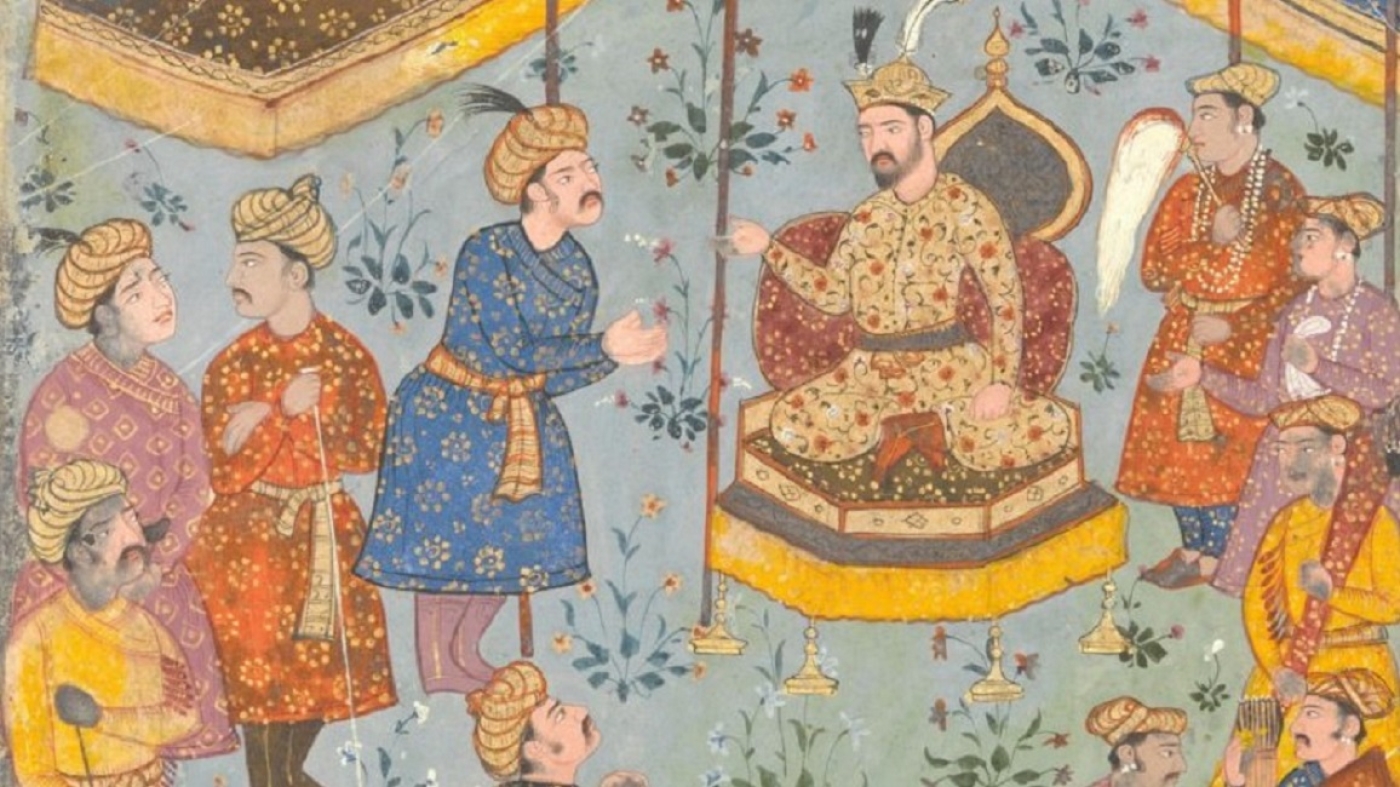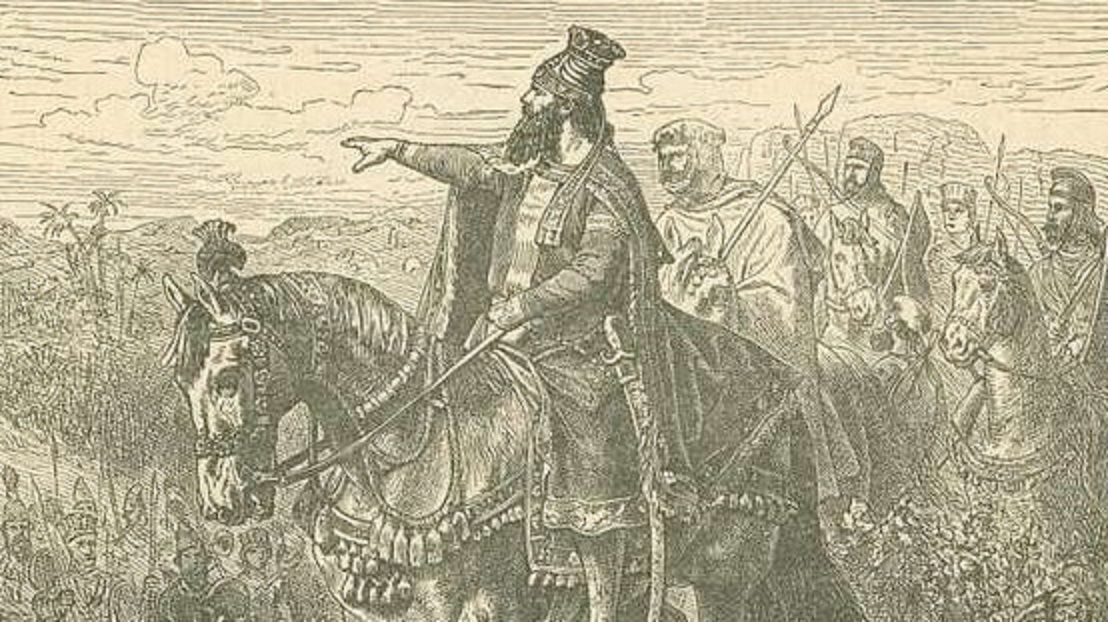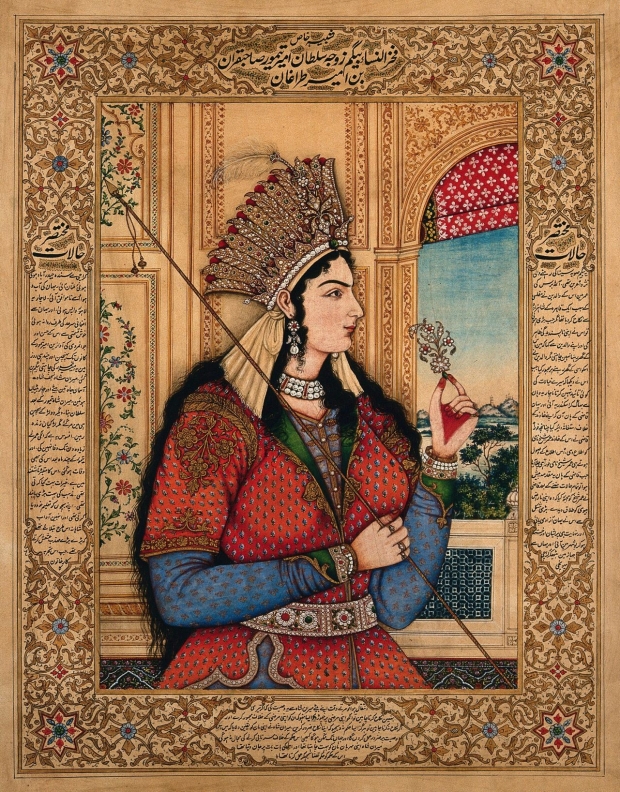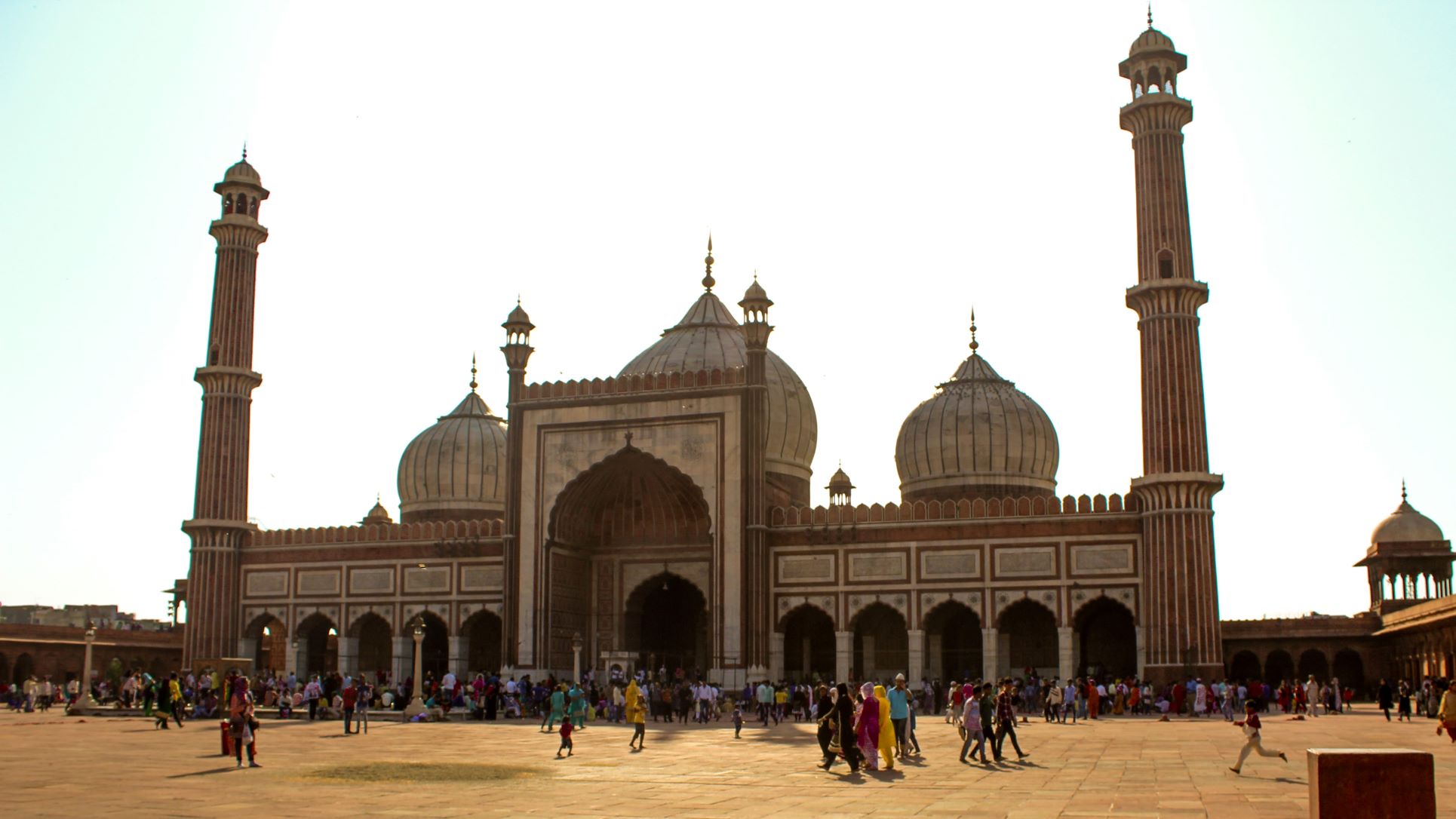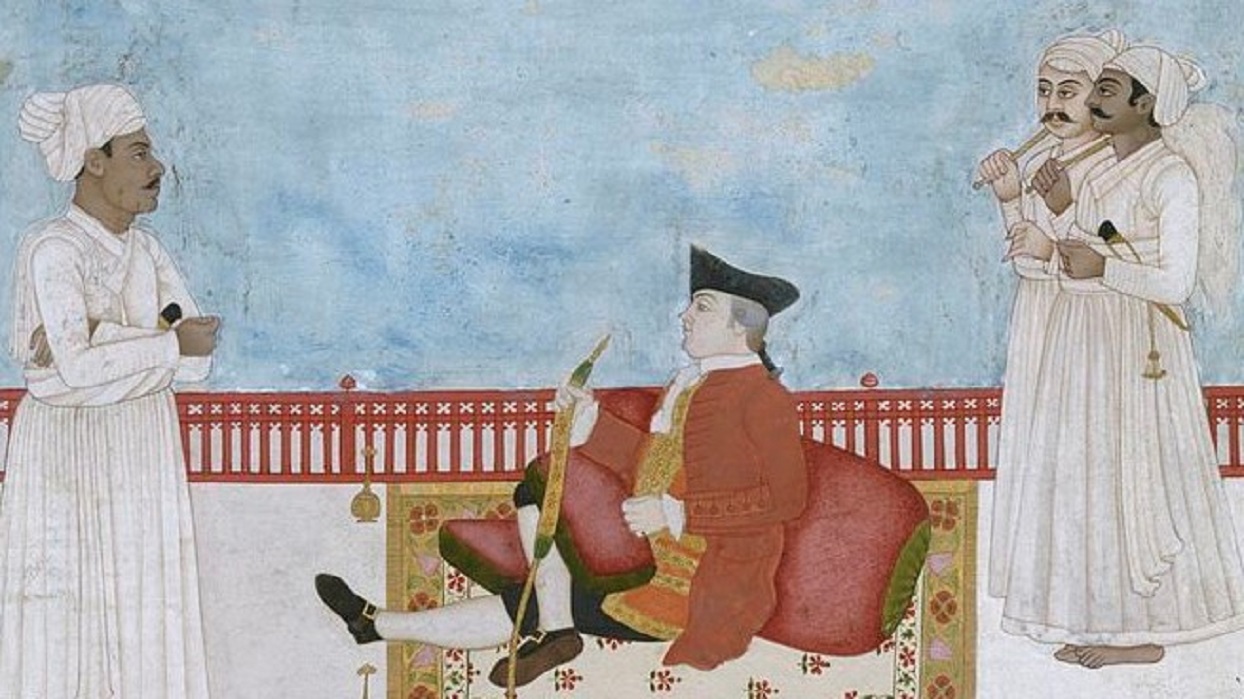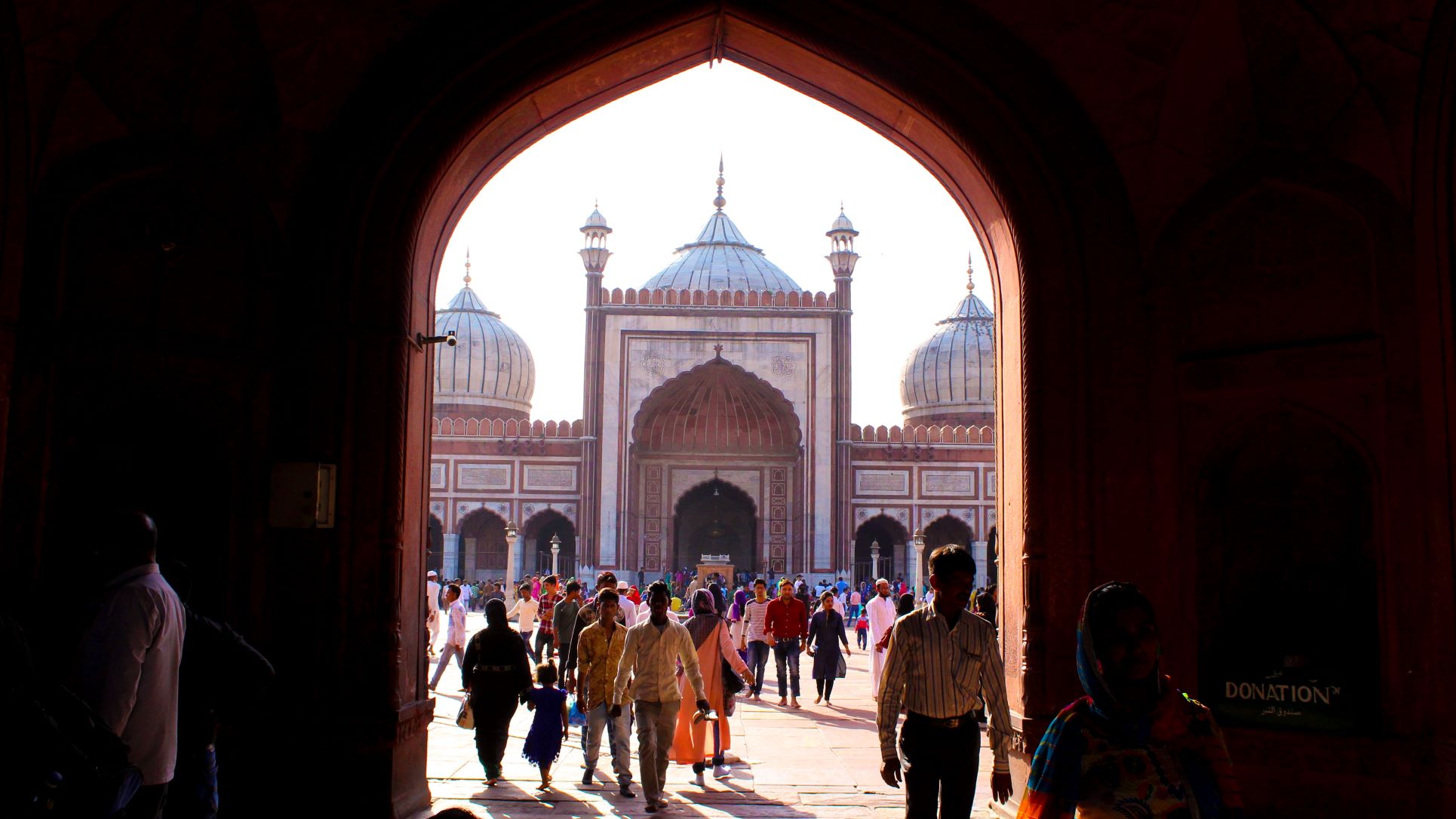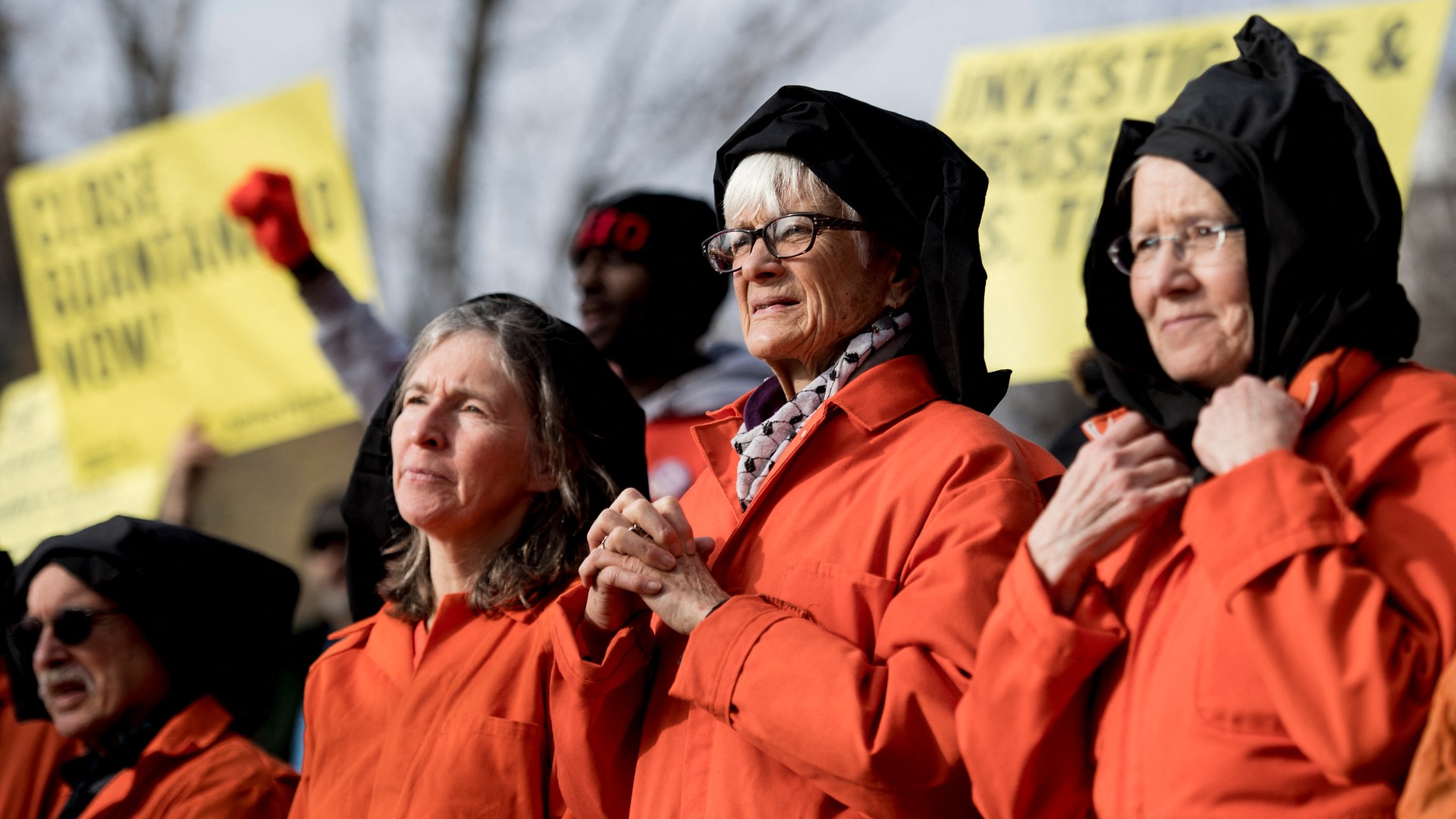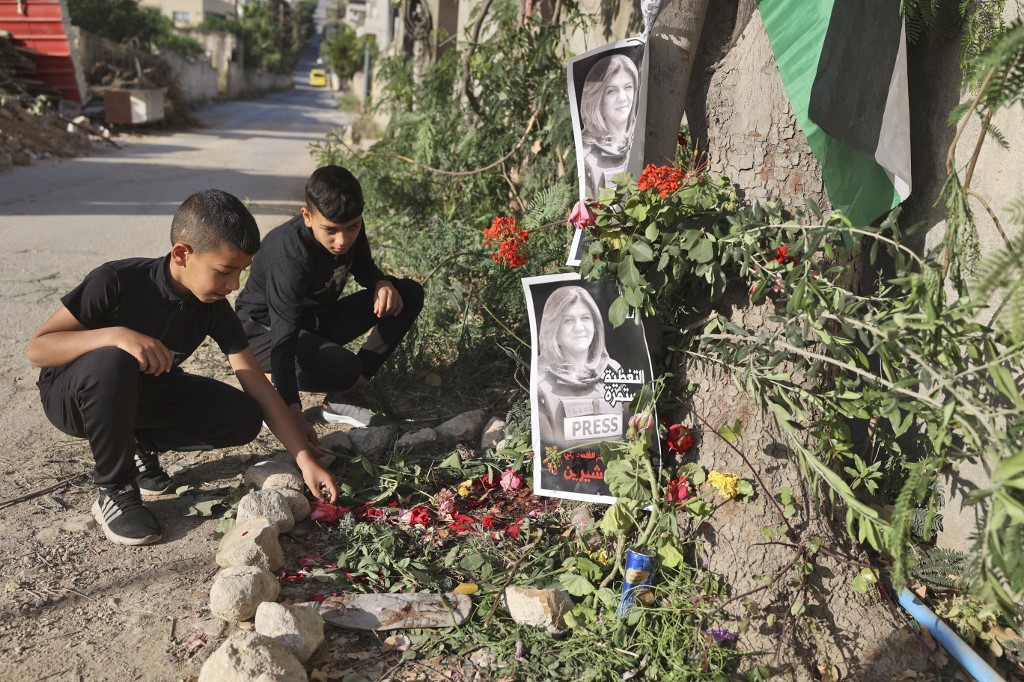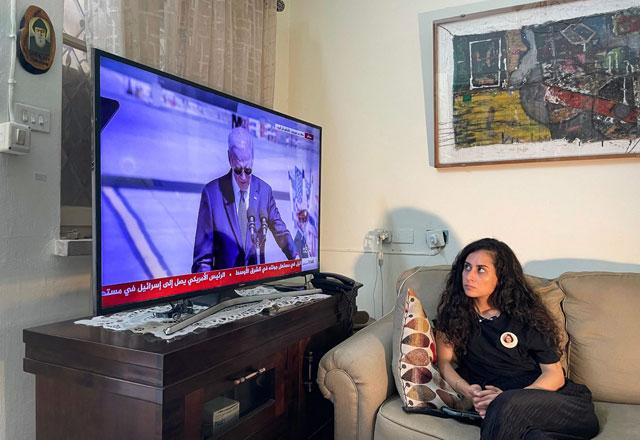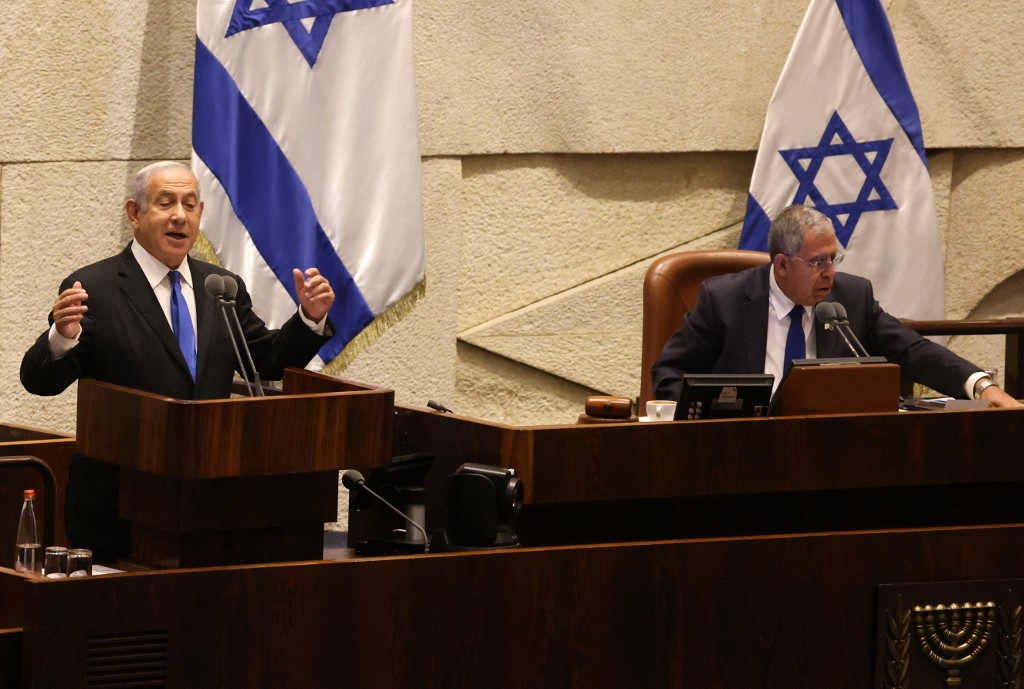Ibn Battuta, Ibn Fadlan and Evliya Celebi left eye-opening accounts of their journeys across Europe, Africa and Asia between the 9th and 17th centuries
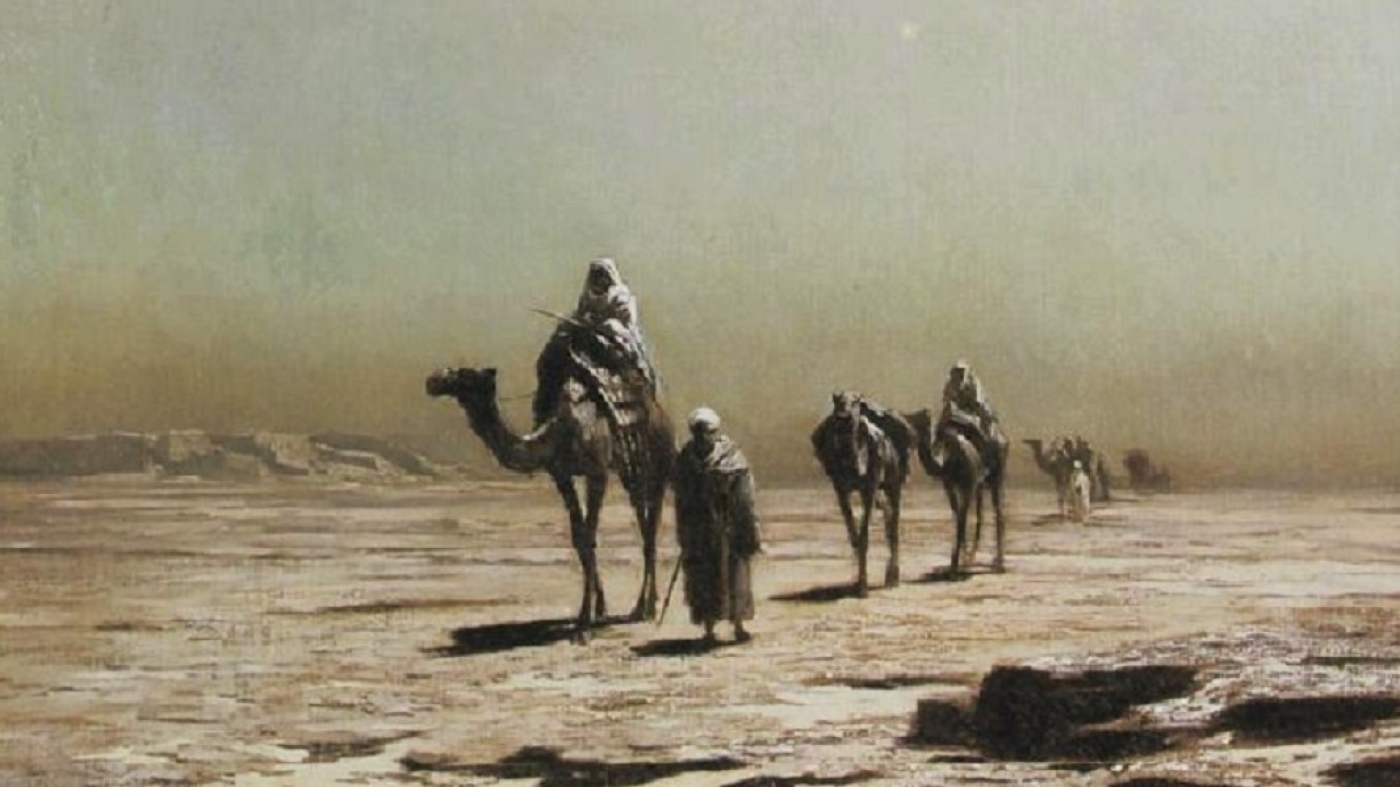
Arab travellers as depicted by the 19th-century artist Ludwig Hans Fischer (Public domain)
15 June 2022
Travel across vast swathes of land was a necessary part of life in the Middle East during the Middle Ages. Trade was a primary motivation; so too were religious pilgrimage and proselytisation, and in some cases pure wanderlust.
Muslim trade developed across the Silk Road and its arteries, which connected the Middle East to lands further to the east, such as India and China. Trade and cultural interaction with Europeans also took place, through shipping routes in the Mediterranean.
Fortunately, for those interested in the experiences of medieval Islamic travellers, there are a number of surviving travelogues detailing what it was like to journey across vast distances.
Ilyas al-Mawsili, a Chaldean Catholic priest, is said to have been the first Arabic speaker to have visited South and Central America. He set off from Baghdad in 1668, documenting his missionary travels, first to the Vatican and then onwards in his work Book of the Journey of the Priest Ilyas, Son of the Cleric Hanna al-Mawsili.
Abul Hasan Ali Ibn Al-Husain Al-Masudi, more popularly known as just Al-Masudi, was one of the earliest travel writers from the Middle East. He detailed his 10th-century visits to Persia, India and Indochina.
In the 12th century, Andalusian Ibn Jubayr also kept a detailed travelogue of his travels in Syria and Italy, which were said to have inspired the later Moroccan traveller, Ibn Battuta.
Here, Middle East Eye profiles three of the most influential Middle Eastern travellers, who left behind significant descriptions of their journeys.
Ahmad ibn Fadlan
Ahmed ibn Fadlan was born in 879 CE, and while little is known about this Arab traveller or his family, it's clear he was well versed in religious texts.
It was this credential that proved particularly useful when, in 922 CE, the Abbasid Caliph Al Muqtadir chose Fadlan as an envoy to the Volga Bulgars, who lived in a region called Tatarstan, north-east of the Black Sea in modern-day Russia.
King Almis of the Bulgars had converted to Islam the previous year, taking the name Jafar ibn Abdallah, and had requested that the caliph send someone to teach his people about Islam, as well as commissioning a mosque and fortress.
With that duty in mind, Fadlan set off on an epic journey across Central Asia and into Eastern Europe, encountering various Turkic peoples, as well as the Rus people, who lived along the Volga river system and were widely identified as Vikings.
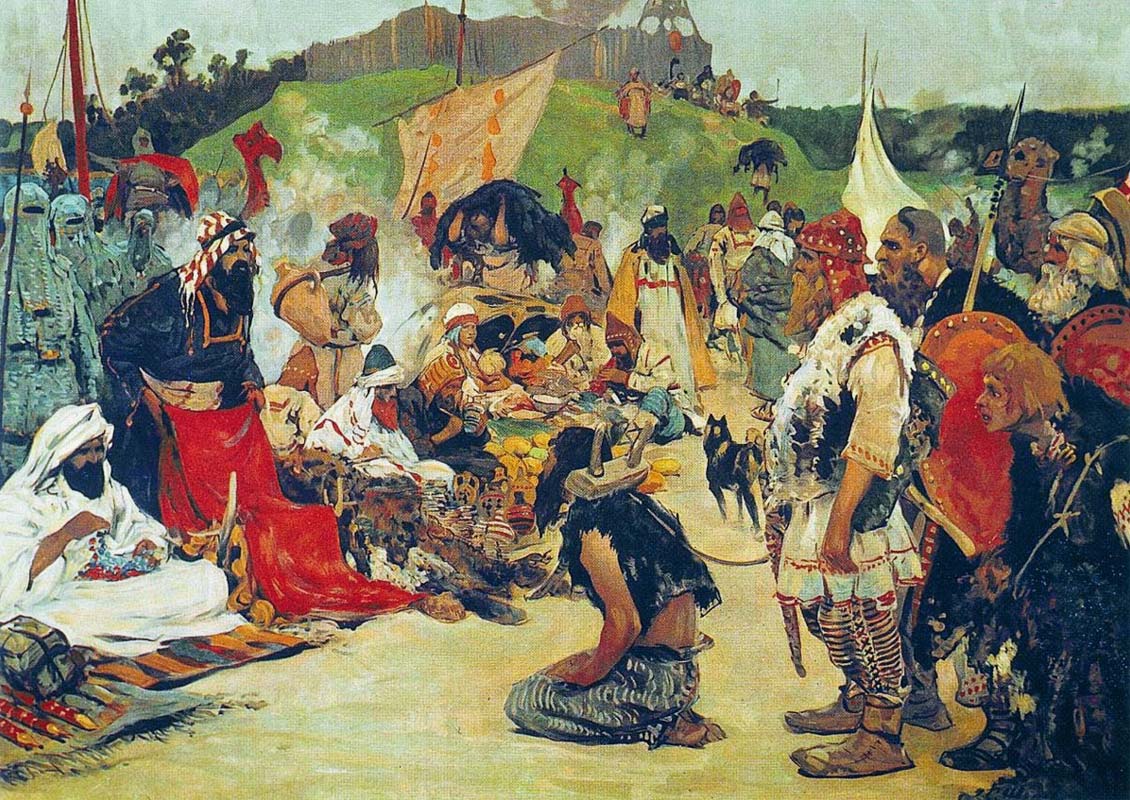
After presenting gifts to King Almis, Fadlan read aloud the letter sent from Muqtadir:
“I got out the caliph’s letter and… when we had finished reading, they pronounced Allahu Akbar! so loudly the earth shook,” he recalls.
His extensive writings are some of the only surviving witness accounts about the region during the period and provide crucial details about Viking ritual.
Though assisting the Volga Bulgars was the purpose of Fadlan's travels, it’s the Varangians (or Rus in Arabic), a group of Vikings that he came across along the Volga River, whose legendary tales were the most compelling.
He describes the men as always being armed with swords and daggers, and “tattooed from finger nails to neck", while the women would wear metal boxes of either “iron, silver, copper or gold” on each breast, with the value of the metal depicting the wealth of her husband.
Fadlan’s opinion of the people appears to be mixed: he was transfixed by their physical prowess - “I have never seen more perfect physical specimens, tall as date palms, blonde and ruddy" - yet possibly disgusted by their standards of hygiene: “the filthiest of God's creatures. They have no modesty in defecation and urination… they are like wild asses.”
He also provides a detailed description of a Rus noble’s funeral ceremony, which involves the sacrifice of a young woman.
Fadlan’s account has inspired contemporary depictions of Vikings, with his descriptions being used to inform TV shows such as the History Channel’s Vikings and the Antonio Banderas-fronted Hollywood movie The 13th Warrior.

Ibn Fadlan's Journey to Russia: A Tenth-Century Traveler from Baghad to the Volga River
par Ahmad Ibn Fadlan

Ibn Fadlan and the Land of Darkness: Arab Travellers in the Far North (Penguin Classics)
par Ibn Fdlan, Paul Lunde, et al.

Mission to the Volga (Library of Arabic Literature Book 28)
par Aḥmad ibn Faḍlān, Tim Severin, et al
Abu Abdullah Muhammad Ibn Battuta was born in 1304, in the Moroccan city of Tangier, to a family of Islamic jurists, or qadis.
Ibn Battuta (which means son of a duckling) covered an incredible 120,000 km in his travels from China to Spain, a remarkable achievement given much of that was done overland on foot and in animal-driven caravans.
Starting in 1325, with his donkey as companion and the equivalent of a law degree in hand, Battuta was an early version of a gap-year student, setting off into the unknown, hoping to find odd jobs to fund his extensive adventure. His “gap year” ended up lasting 29 years, no doubt driven by an insatiable wanderlust and a personal rule to “never travel on any road a second time”.

Other motivations throughout his journey were carnal delights, specifically women, at least 10 of whom he married and divorced en route, in addition to numerous concubines who were either gifted to him or purchased by him.
During one stint as a qadi in the Maldives, he wrote:
“It is easy to marry in these islands because of the smallness of the dowries and the pleasures of society which the women offer… When the ships put in, the crew marry; when they intend to leave they divorce their wives. This is a kind of temporary marriage. The women of these islands never leave their country.”
There is no figure on how many children he fathered, but the number is believed to be considerable.
Early in his adventures, in the port city of Alexandria, Battuta met a Sufi mystic called Sheikh Burhanuddin, who predicted his travels to India and China and asked Ibn Battuta to pass on salutations to some of his acquaintances in these foreign lands.
“I was amazed at his prediction," he wrote in his memoirs. "And the idea of going to these countries having been cast into my mind, my wanderings never ceased until I had met these three that he named and conveyed his greeting to them."

After his second Hajj, Battuta took several wooden boats from Jeddah across to the Horn of Africa. From there, he visited the Somali city of Mogadishu, praising the generosity of its people.
Heading south along the east African coastline into Kenya and Tanzania, Battuta discovered the Great Mosque of Kilwa, which was made of coral stone, remarking: "The city of Kilwa is among the most beautiful of cities and elegantly built."
At the time, Kilwa was a busy port and a gateway to central east Africa.
In 1334, after hearing of the Sultan of Delhi, Muhammad ibn Tughluq, and his generosity to Muslim scholars, Battuta found his way into the sultan’s employ, getting a job as a qadi, and gaining a wife and a concubine.
But the Berber traveller’s stay was not as appealing as it initially seemed to him. The Sultan was known to be temperamental and would flit between showering Battuta with bonuses and threatening him with imprisonment for treason.
Battuta’s escape from the Sultan came when he became Delhi’s ambassador to China. There, he visited the Great Wall and the eastern city of Quanzhou, known as Zeitoun by Arab traders.
His last trip was to the Malian Empire, ruled by Mansa Sulayman. After this, in 1354, he settled back in Tangier to work as a judge and dictate his memoirs to Ibn Juzayy, an Andalusian scholar. The work would become A Gift to Those Who Contemplate the Wonders of Cities and the Marvels of Travelling, abbreviated to Rihla or Journey.
Evliya Celebi
Considered to be one of the earliest and most prominent Ottoman travel writers, Evliya Celebi was a 17th-century traveller from Istanbul, driven by his curiosity about language and culture. During his 50-year-long travelling career, he visited Europe and the Ottoman Empire.
Born Dervis Mehmed Zilli in 1611, the young Turk spent his childhood learning the Quran by heart and in religious devotions, earning the honorific title Evliya Celebi - which roughly means “Godly gentleman”.
The son of a jeweller to the Ottoman sultans, by the age of 12 his intelligence and linguistic skills had seen him apprenticed to Sultan Murad IV’s court imam.
As a young man, Celebi was keen to go off and discover a world beyond the confines of a city he had already explored fully. In his first writings he described Constantinople’s worldly cosmopolitan buzz, filled with academics, street performers and young lovers.
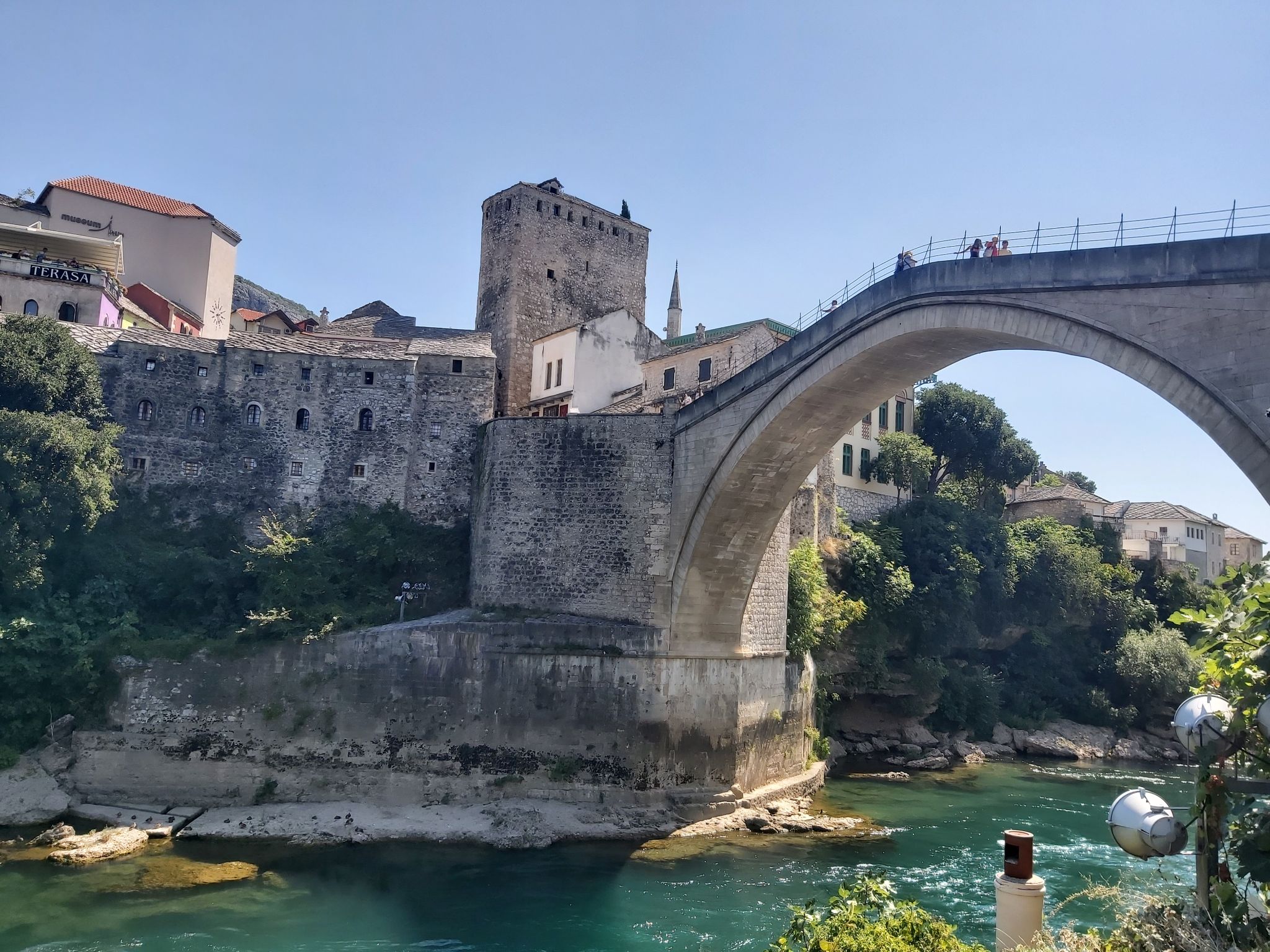
On the night of his 20th birthday, he had a dream in which the Prophet Muhammad instructed Celebi to pack his belongings and set forth on a journey to see the world.
His early travels included a visit to the Crimean Khanate, where he described the slave markets: “A man who had not seen this market, had not seen anything in this world. A mother is severed from her son and daughter there, a son from his father and brother, and they are sold among lamentations, cries of help, weeping and sorrow.”
Ultimately unmoved by the terrible scene, Celebi took slaves himself, but lost them in a shipwreck off the Black Sea coast, one he barely survived himself.
On another trip to the River Neretva in Bosnia, he encounters the famed Stari Most bridge, built by the Ottoman architect Mimar Hayruddin. Better known as Mostar Bridge, the structure left him mesmerised, he writes: “I, a poor and miserable slave of Allah, have passed through 16 countries, but I have never seen such a high bridge. It is thrown from rock to rock as high as the sky."
For casual readers and historians alike, many of Celebi’s descriptions are obvious fabrications. Stories such as the flying Kurdish acrobat who lashes his audiences with his own urine, or the Sufis of the Nile who entered into relationships with crocodiles, challenge the notion that his travelogues are works of non-fiction.
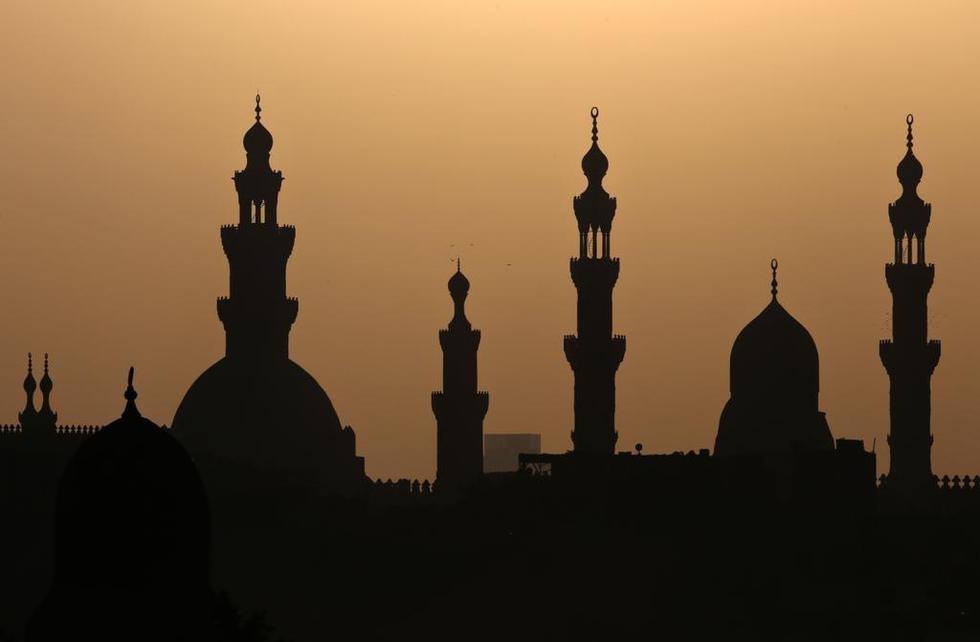
Other questionable experiences include the account of 40,000 Tatars raiding northern Europe, an incident for which there is no historical proof.
Nevertheless, there is enough corroborated detail to make his writing an interesting window into post-medieval European and Middle Eastern life.
Celebi is said to have met witches and sailors, snake charmers and warriors. Travelling through Germany and into Holland in 1663, he is said to have met Native Americans in a Rotterdam guesthouse who told him: "Our world used to be peaceful, but it has been filled by greedy people, who make war every year and shorten our lives.”
Each of his travelogues ends with a handy phrasebook for the various languages he encountered, including everything from numbers to insults to hurl at a man’s wife.
Celebi later settled in Cairo, where he died in 1684. His writings were discovered 50 years later and taken to Istanbul to be bound. Though still not fully translated into English, there is an abridged collection: An Ottoman Traveller: Selections from the Book of Travels of Evliya Celebi.

